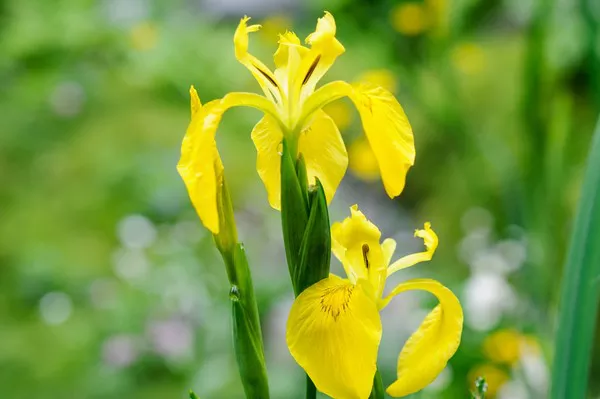Creating a beautiful and productive garden is a rewarding endeavor, but it often comes with the challenge of pest management. While chemical pesticides may provide a quick fix, they can harm beneficial insects and the environment. Thankfully, nature offers an arsenal of plants that can naturally deter pests while promoting biodiversity and sustainable gardening practices. In this article, we will explore various plants that act as natural repellents, companion planting strategies, and other eco-friendly pest control methods to help you maintain a pest-free and thriving garden.
1. Natural Pest-Repellent Plants
Lavender: Known for its delightful fragrance, lavender is a potent deterrent for pests like mosquitoes, flies, and moths. Planting lavender around the garden or near entryways can help keep these unwanted insects at bay.
Marigold: Marigolds are not only visually appealing but also great at repelling aphids, nematodes, and other garden pests. Their strong aroma and natural chemicals act as a powerful defense mechanism.
Mint: Mint plants emit a strong scent that can repel ants, fleas, and even mice. However, be cautious as mint can spread rapidly and become invasive if not contained.
Rosemary: Rosemary not only enhances the flavor of your culinary dishes but also repels pests like mosquitoes, cabbage moths, and carrot flies. Place potted rosemary near seating areas to keep mosquitoes at bay during outdoor gatherings.
Chrysanthemums: Chrysanthemums contain pyrethrin, a natural insecticide often used in organic pest control products. Planting chrysanthemums in your garden can help deter various insects, including roaches, ticks, and silverfish.
2. Companion Planting for Pest Control
The Three Sisters: Native American agricultural tradition of planting corn, beans, and squash together. The corn provides support for the beans, while the beans fix nitrogen in the soil, benefiting the nutrient-hungry corn and squash. The large, spiky leaves of squash help deter pests and inhibit weed growth.
Tomato and Basil: Planting basil around tomato plants can enhance their flavor and repel pests like flies, mosquitoes, and tomato hornworms.
Radishes and Spinach: Interplanting radishes with spinach helps deter leafminers, a common pest that affects spinach leaves.
Onions and Carrots: Growing onions and carrots together can help repel each other’s pests. The strong scent of onions keeps carrot flies away, while the smell of carrots deters onion flies.
3. Attracting Beneficial Insects
Ladybugs: Ladybugs are voracious predators of aphids and other soft-bodied insects. Plant pollen and nectar-rich flowers like daisies, fennel, and yarrow to attract these helpful insects.
Praying Mantises: Praying mantises are excellent hunters and feed on a variety of pests. Encourage them in your garden by providing places for them to lay their egg cases and avoid using broad-spectrum insecticides.
Hoverflies: Hoverflies resemble bees but do not sting. They are valuable pollinators and their larvae feed on aphids and other pests. Attract them with nectar plants like alyssum, fennel, and chamomile.
4. Using Physical Barriers
Row Covers: Floating row covers made of lightweight fabric can shield plants from pests while allowing sunlight and water to reach them. This method is particularly effective for safeguarding young plants.
Mulching: Mulching around plants can deter pests like slugs and snails. Materials like crushed eggshells, coffee grounds, or diatomaceous earth create abrasive surfaces that these pests prefer to avoid.
Crop Rotation
Rotating crops annually can disrupt the lifecycle of pests that depend on specific plants. By avoiding the continuous planting of the same crop family in the same location, you can minimize pest populations naturally.
Conclusion
Maintaining a pest-free garden without resorting to harmful chemicals is both possible and beneficial for the environment. By incorporating natural pest-repellent plants, companion planting strategies, attracting beneficial insects, using physical barriers, and practicing crop rotation, you can create a thriving and balanced ecosystem in your garden. Embrace these eco-friendly solutions, and you’ll not only enjoy a healthy harvest but also contribute to the preservation of our planet’s biodiversity. Happy gardening!


